Your basket is currently empty!
The church of Scala and the women’s talismans
“…there is a famous folk tale
about an angel with the appearance of a knight,
that during a hard period,
entrusted a casket to a poor peasant,
on the way to San Giorgio,
where the little church of the Crucifix was built
on an altar of rock and a crusader crest…”
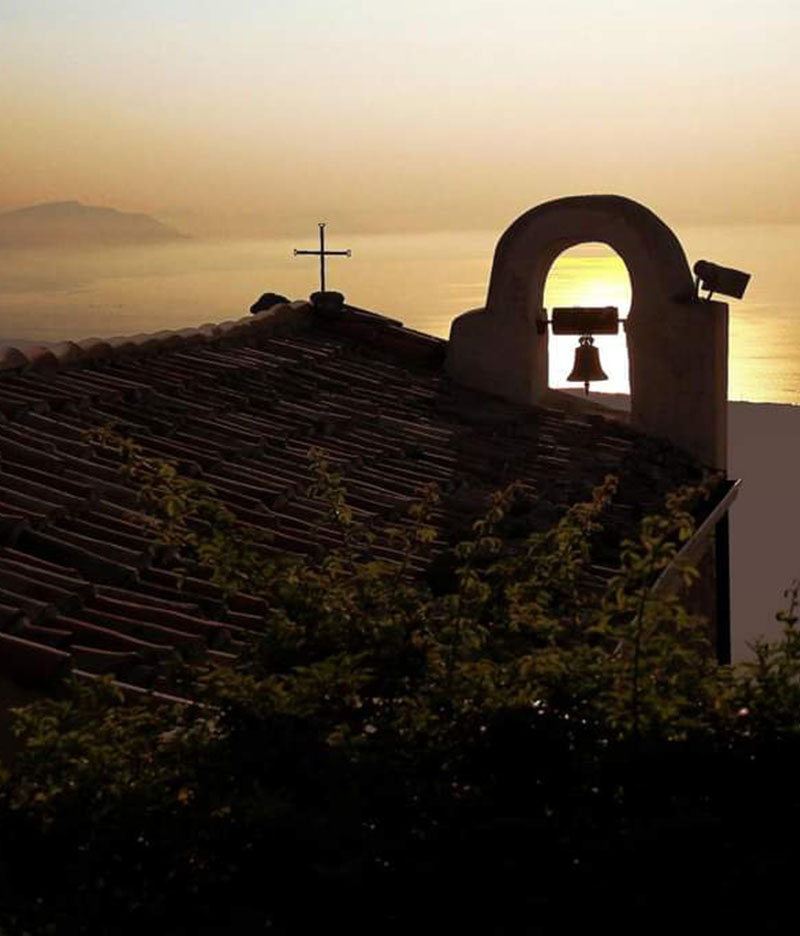
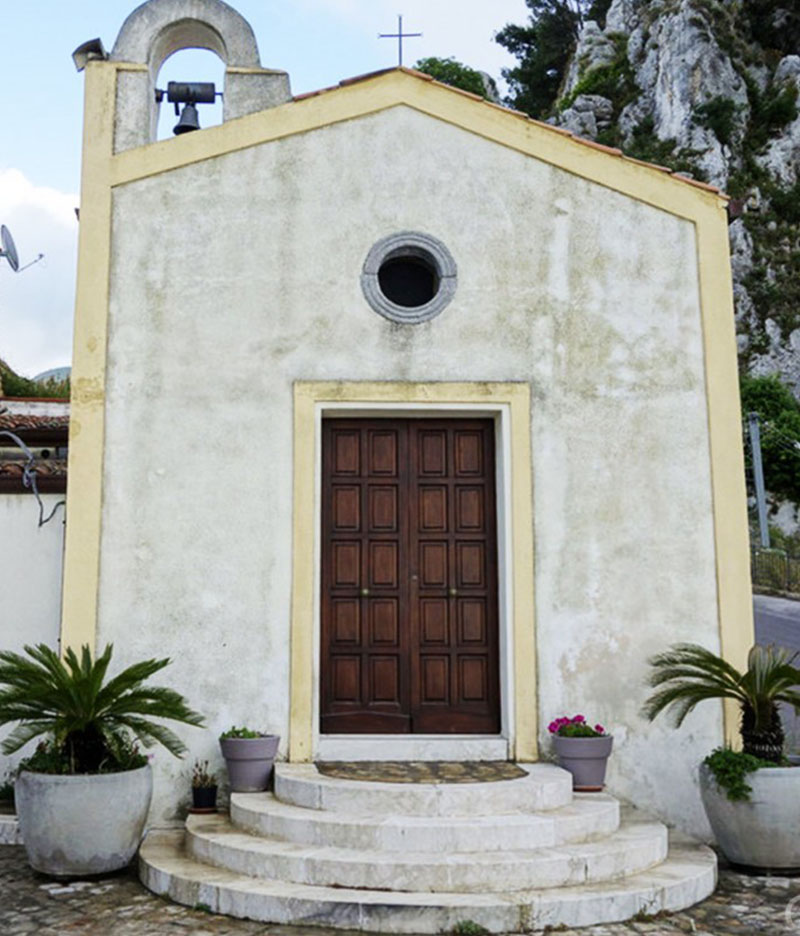
The Scala is one of the highest and most strategic points of the small madonite village, at the foot of the ancient castle, in a breathtaking landscape which dominates the Tirrenic coast. Right there stands a small church dedicated to the Holy Crucifix, at the gates of what used to be the main entrance of the village, on the road to Collesano.
The church was commissioned by the devoted farmers who worked in the fields around San Giorgio. According to a well-known legend, it was there that an angel with the appearance of a knight appeared to a farmer, delivering a casket containing the Sacred Thorns of Christ and other relics.
In fact, today still exists an altar on the rock and a purple crest with a cross, similar to the Templars’ symbol.
The small church, in the past, was left abandoned and in bad shape, but since the second half of the 20th century, thanks to the contribution and the sacrifices of the believers, was fixed and brought to the condition it deserved.
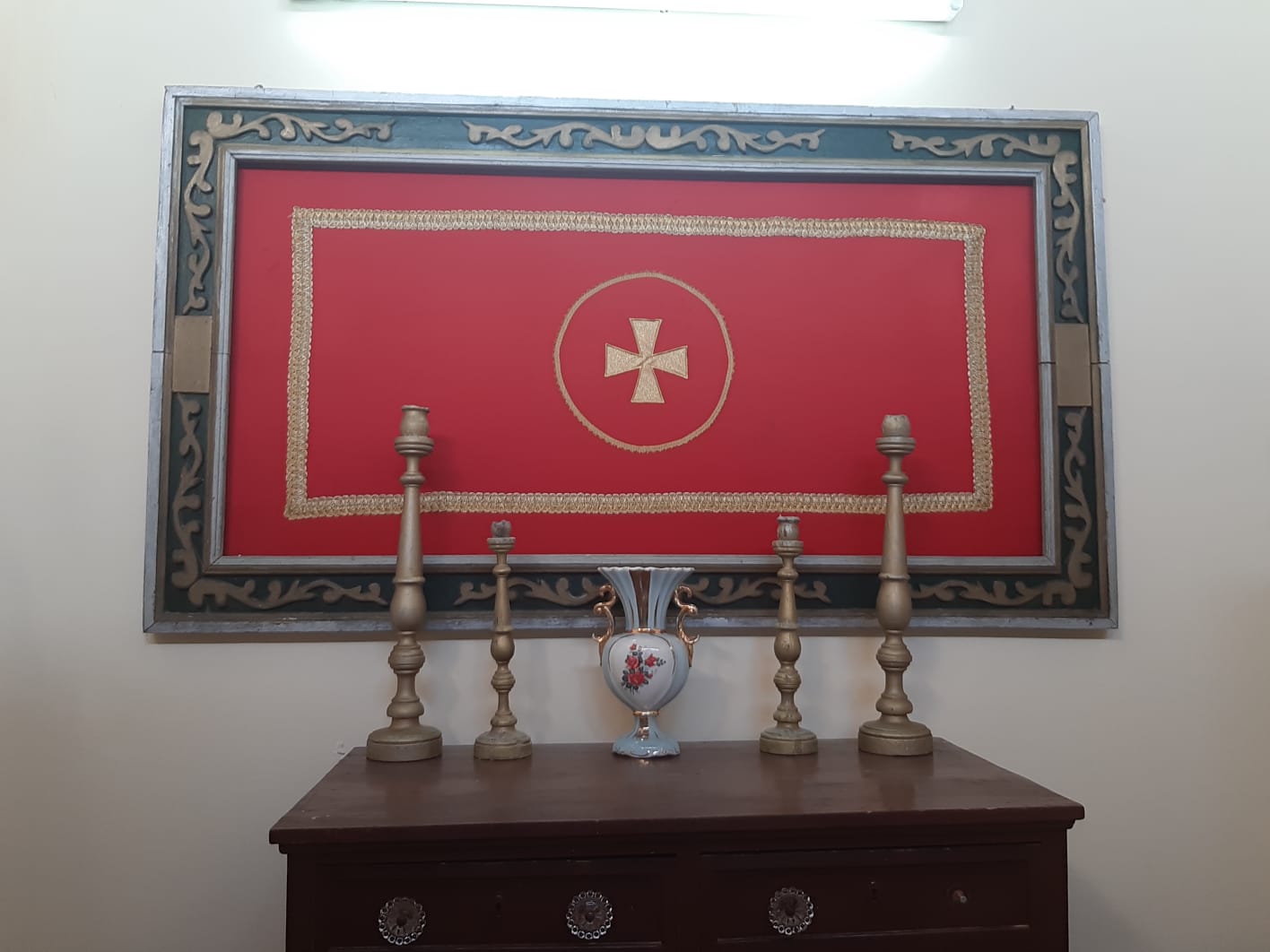
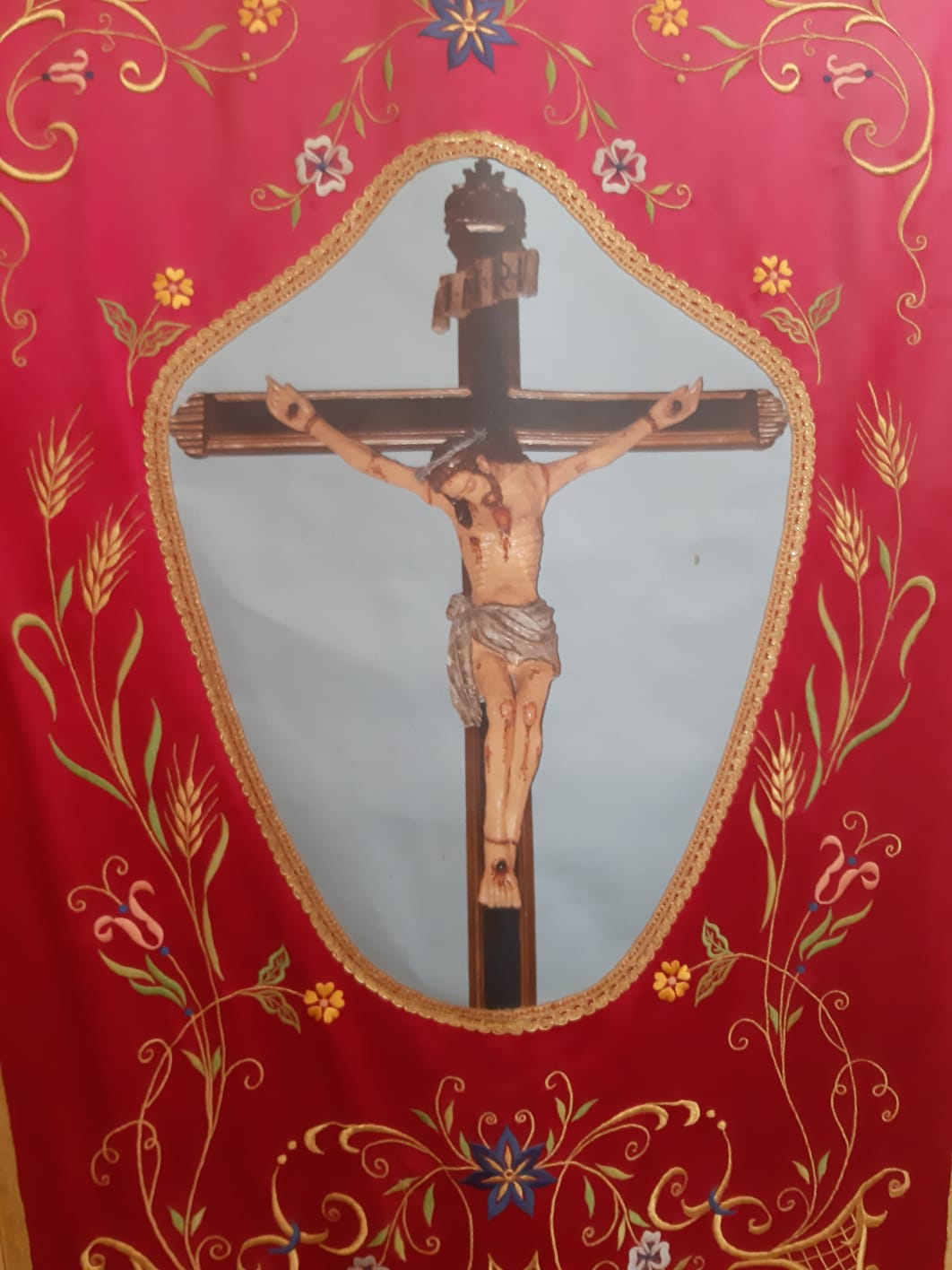
However, the devotion to the Crucifix is deeply felt, especially by the inhabitants of the district, as confirmed by the ex voto that the worshippers still donate. Some devotees also tell that one time a shepherd, crossing the region of Scala, because he laughed at the small size of the Crucifix, lessening the greatness of God too, the next morning, for divine retribution, found all the sheep of his flock dead.
The “Feast of the Crucifix”, liturgic exaltation of the Cross, takes place on the first sunday following the 14th of September, and it is characterized by the celebration of Holy Masses, by the collecting of alms and by the final procession through the streets of Gratteri. Very suggestive is the Holy Rosary that especially the “Scalisi” sing with fervour:
“Viva l’amuri di Gesù Cruggifissu ludamulu spissu ca ni salverà”
“Ma quantu è bonu ‘stu nostru Signuri ch’è Patri d’amuri ch’è tuttu bontà”.
“God bless the love of Jesus crucified, let’s praise him often because is going to save us“
“How good is this Lord of ours, who’s Father of love and is all kindness“.
To every Glory they add:
“E ludamulu spissu spissu lu Santissimu Cruggifissu.
E ghittamuni a li sò pedi ca la razia nni cuncedi.
E sta jurnata ‘un’avi a scurari ca la razia n’avi a fari”.
“And let’s praise the Holy Crucifix often very often.
And let’s throw ourselves at his feet so he’ll grant us the grace.
And today must not darken because he has to grant us the grace“.
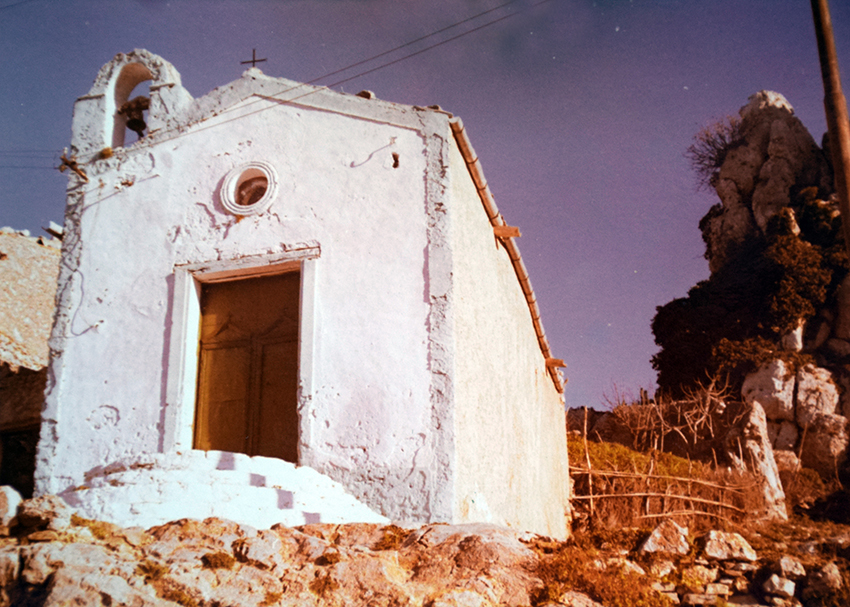
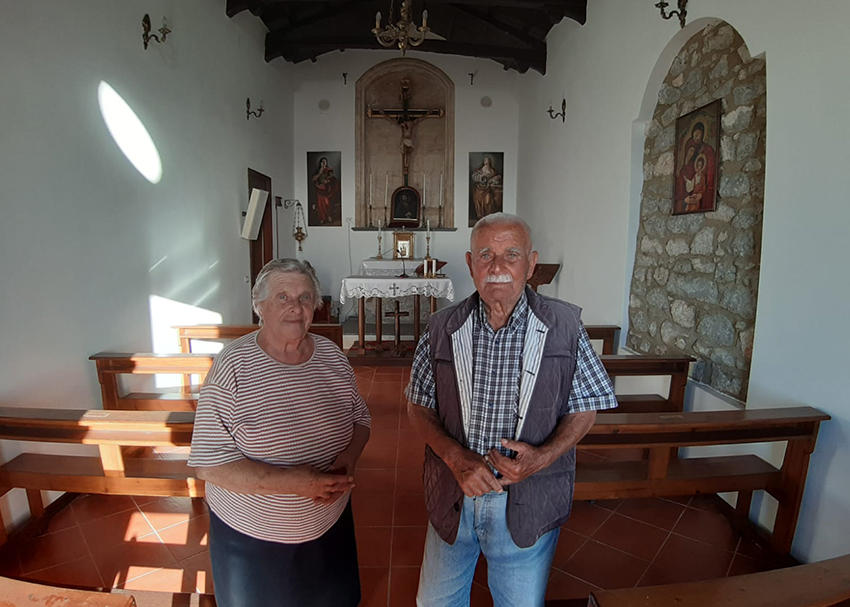
At the end of the solemn procession, furthermore, it’s time for the holy blessing with an ancient relic of the Sacred Wood of the Cross, while some old women sing the Credu Romanu, a suggestive chant in dialect.
Moreover, on May 3rd, day of celebration of the Holy Cross, until a few decades ago, people used to go on pilgrimage in the homonym district at the gates of the village (Santa Cruci).
After listening to the preacher’s homily, the believers would recite the rosary, pronouncing the “Name of Jesus” for 1000 times, an act of consecration and penance, to obtain plenary indulgence. On this holy day, in the village’s different churches, the women would recite a traditional rosary at the Holy Cross.
In the Church of the Crucifix at the Scala, this custom still survives today, with some peculiar features. On that day, the women of the district gather twenty small rocks, pitruddi, from the road, to be used for reciting the rosary.
The rocks are used to ease the count of the twenty mysteries: for every recited mystery, a rock is put aside, pronouncing the Holy Name of Jesus for 1000 times. To each glory the following prayer is added:
“Arma mia piensa pi tia
e pi quannu murirai
e lu munti Livieddu passerai…
Ti scontra Luciferu ‘nfernali
e Iddu ti spia: c’hai fattu in vita tò?
e tu ci dirai: lu jornu di la Santa Cruci, haiu dittu milli voti: Gesù, Gesù, Gesù…”
“My soul think about yourself
and about when you’ll die
and you’ll pass mount Livieddu…
The infernal Lucifer awaits
And He spies you: what have you done in your life?
and you will say: on the day of the Holy Cross, I said a thousand times: Jesus, Jesus,Jesus…”
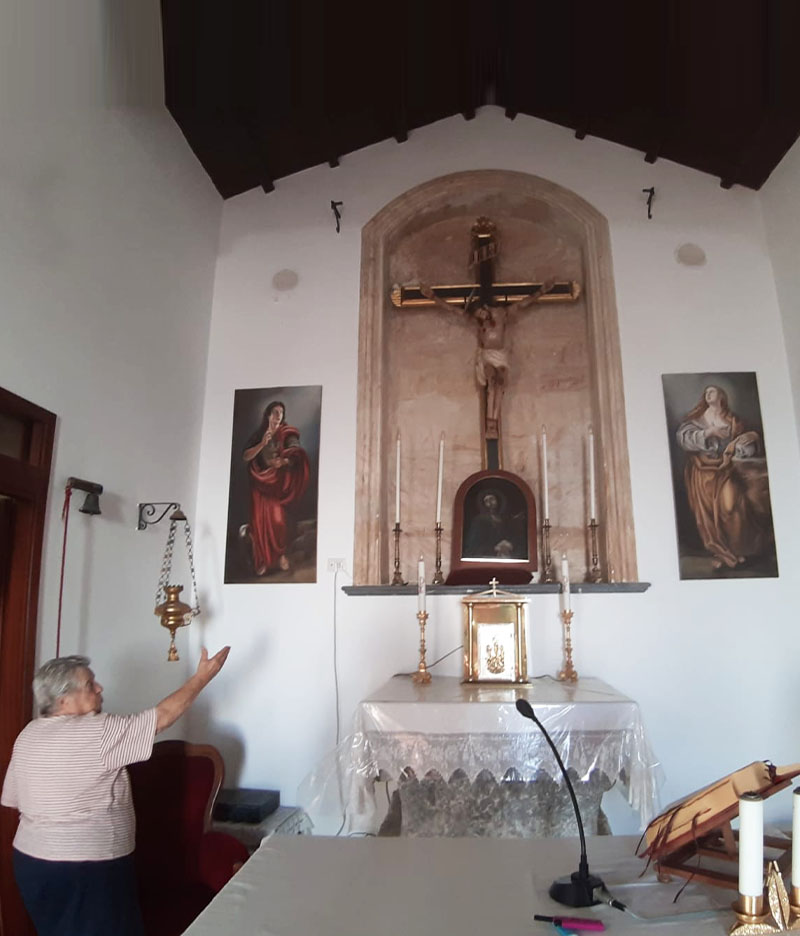
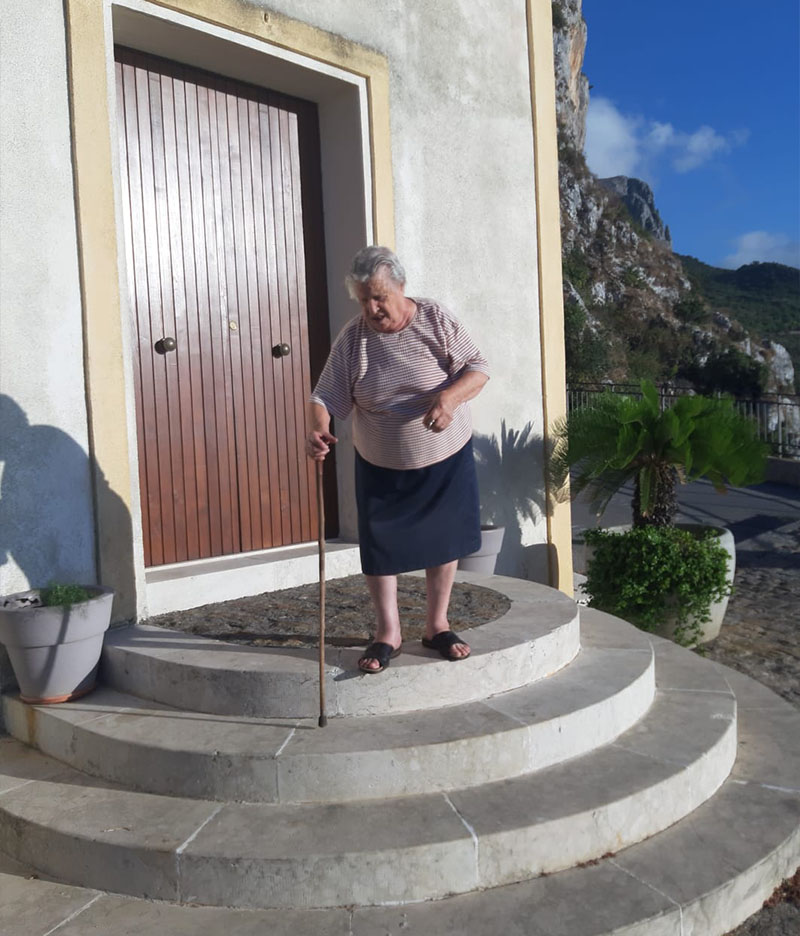
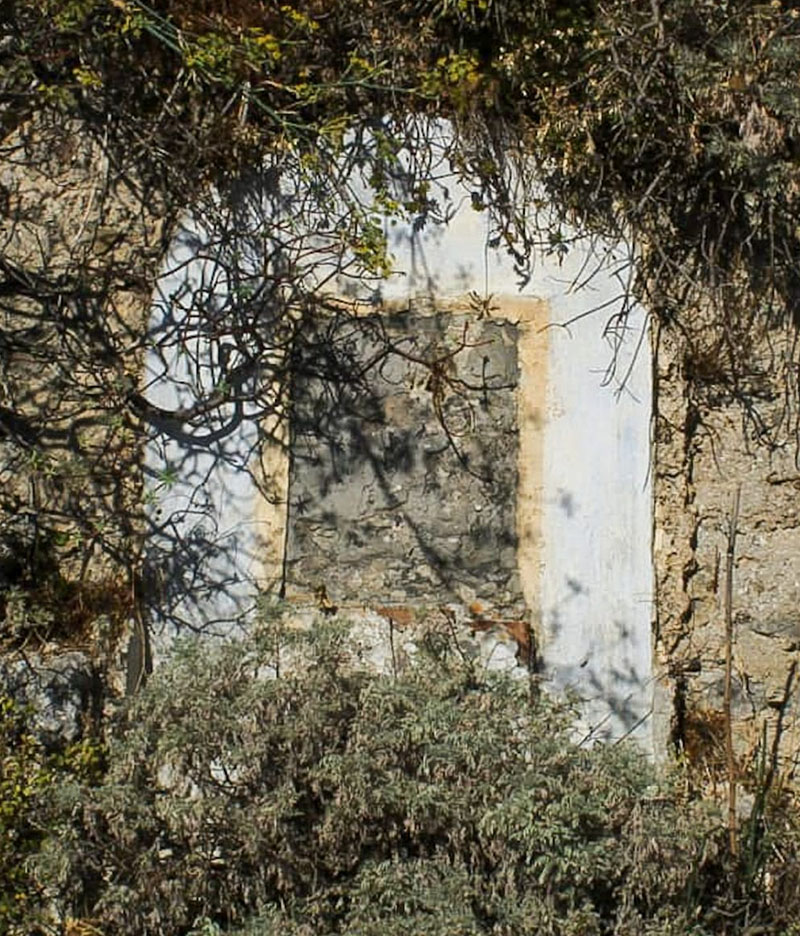
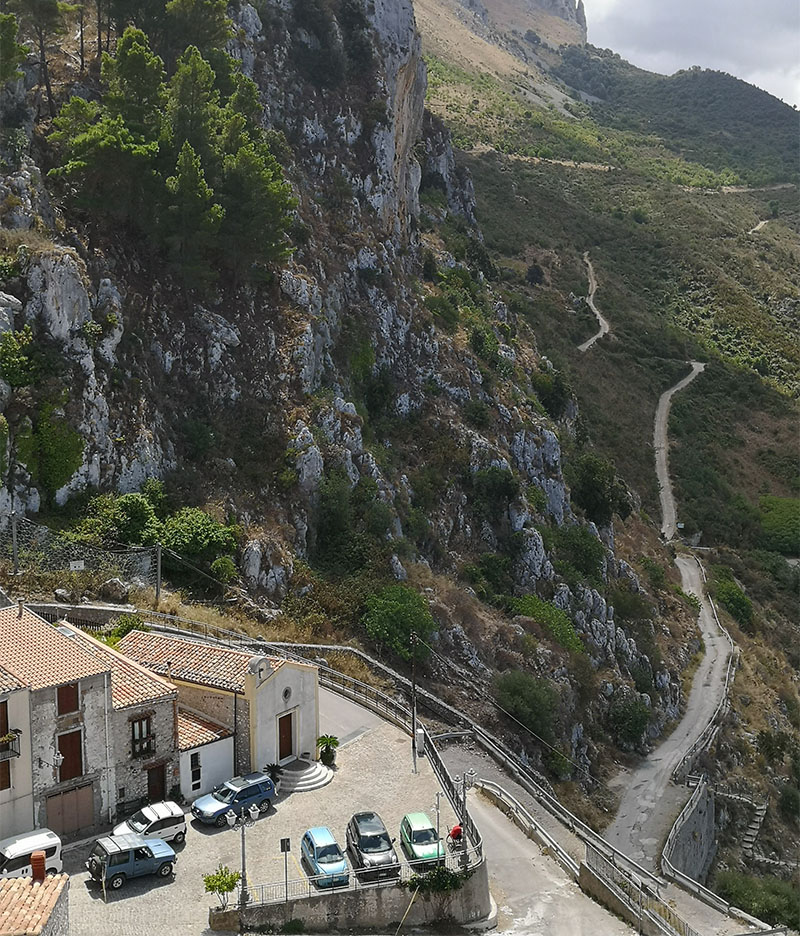
A particularly meaningful fact is that such stones, at the end of the ritual, are divided between all the participants. They acquire the supernatural power to calm the bad weather.
So, during storms or fires, one of them is thrown in the street, ritually with the left hand, manu manca, adding then the recital of three Hails and of this brief prayer:
“Oh Matri trafitta tra pena e dulura, pri nui piccatura priati a Gesù”.
“Oh Mother pierced between suffering and pain, pray Jesus for us sinners”.
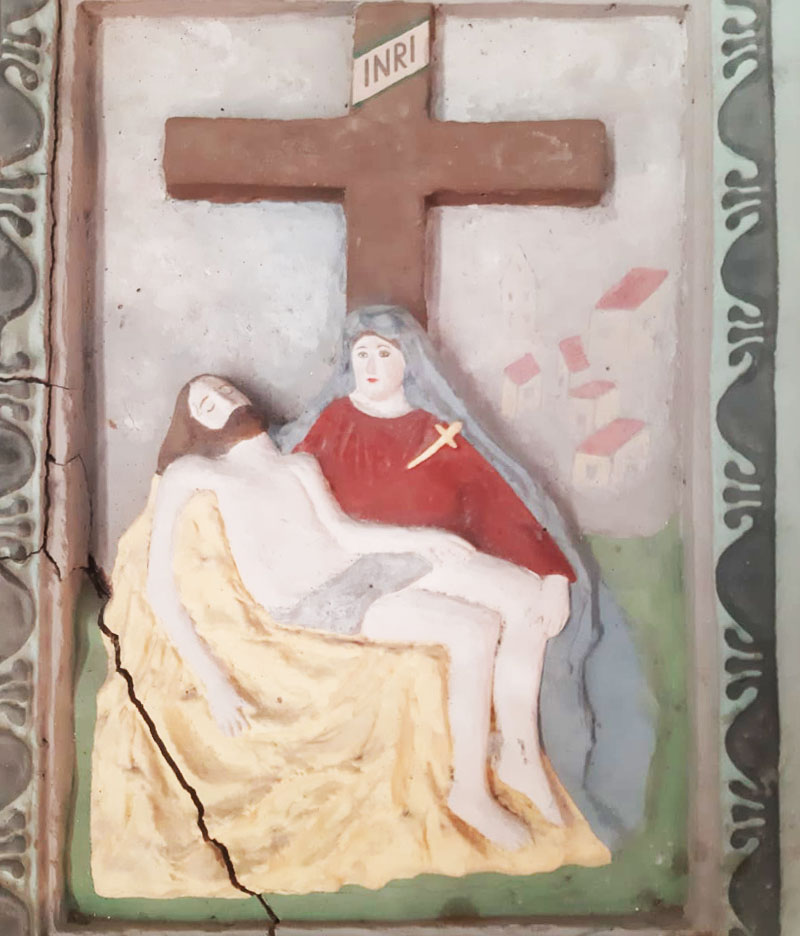
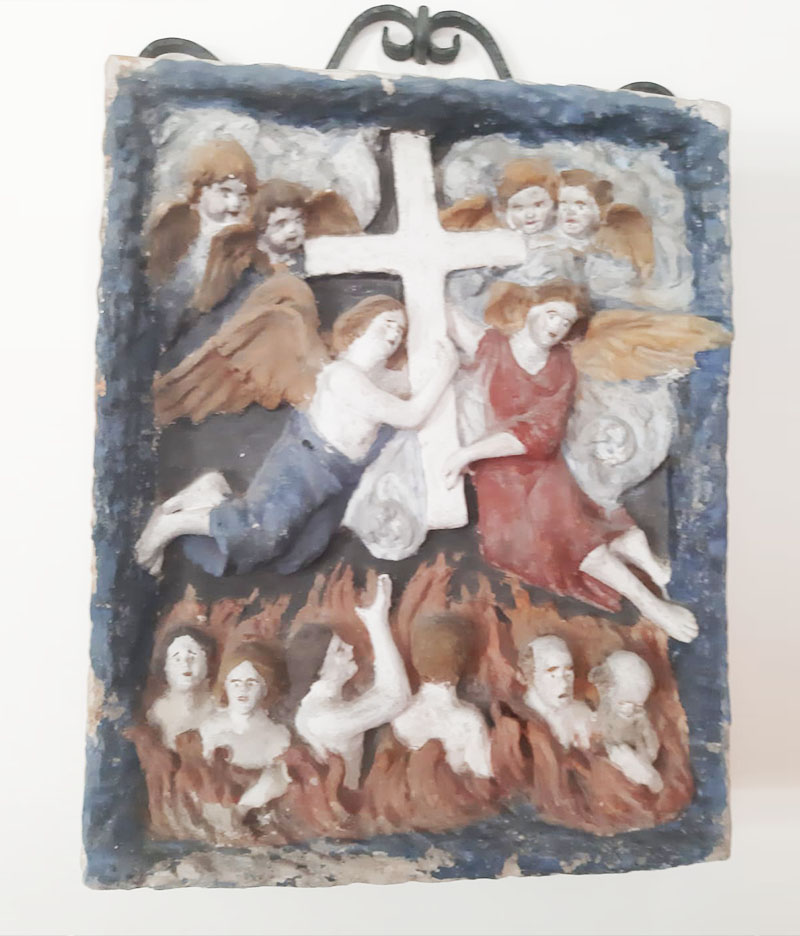
The small rocks, pitruddi, because of their function, are blessed by the Crucifix, and for its intercession they acquire a miraculous power, they become real amulets and they lose this property only by going back to the soil, and only after fulfilling the grace that the faithful devotee asks Jesus.


